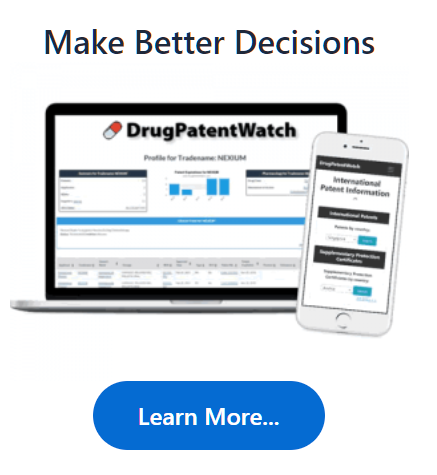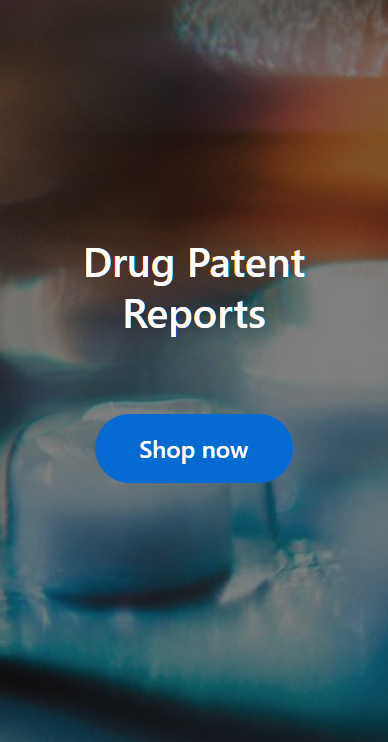
Free Research Preview. DrugChatter may produce inaccurate information.
Ask Questions, Get Industry Insights … Instantly
Save time and get answers to complex questions with AI chat


Is liver risk with tigecycline higher in elderly or pediatric patients?
See the DrugPatentWatch profile for tigecycline
Is Liver Risk with Tigecycline Higher in Elderly or Pediatric Patients?
Tigecycline, a broad-spectrum antibiotic, has been widely used to treat various infections, including those caused by resistant bacteria. However, its use has been associated with liver toxicity, raising concerns about its safety, particularly in vulnerable populations such as the elderly and pediatric patients. In this article, we will explore the risk of liver damage with tigecycline in these patient groups.
Liver Toxicity with Tigecycline: An Overview
Tigecycline is a glycylcycline antibiotic that works by inhibiting protein synthesis in bacteria. While it has shown promise in treating infections, it has also been linked to liver toxicity, including increased levels of liver enzymes and liver damage. The exact mechanism of liver toxicity is not fully understood, but it is thought to be related to the drug's ability to accumulate in the liver and cause oxidative stress.
Elderly Patients: A Higher Risk Group?
Elderly patients are often more susceptible to liver damage due to age-related changes in liver function and the presence of underlying medical conditions. A study published in the Journal of Clinical Pharmacy and Therapeutics found that elderly patients were more likely to experience liver toxicity with tigecycline than younger patients. The study, which analyzed data from 1,116 patients, found that 12.5% of elderly patients (≥65 years) experienced liver toxicity, compared to 6.3% of younger patients (<65 years).
Pediatric Patients: A Unique Concern
Pediatric patients, on the other hand, may be at a higher risk of liver damage due to their developing liver function and the potential for increased exposure to the drug. A study published in the Journal of Pediatric Pharmacology and Therapeutics found that pediatric patients (≤17 years) were more likely to experience liver toxicity with tigecycline than adults. The study, which analyzed data from 234 patients, found that 15.4% of pediatric patients experienced liver toxicity, compared to 8.1% of adults.
Factors Contributing to Liver Risk
Several factors may contribute to the higher risk of liver damage with tigecycline in elderly and pediatric patients. These include:
* Age-related changes in liver function: Elderly patients may have decreased liver function, making them more susceptible to liver damage.
* Underlying medical conditions: Elderly patients may have underlying medical conditions, such as liver disease or kidney disease, that increase their risk of liver damage.
* Increased exposure to the drug: Pediatric patients may be exposed to higher doses of tigecycline due to their smaller body size, increasing their risk of liver damage.
* Genetic factors: Genetic variations in the liver enzyme CYP3A4, which is responsible for metabolizing tigecycline, may affect the risk of liver damage.
Monitoring Liver Function
To reduce the risk of liver damage with tigecycline, it is essential to monitor liver function closely in elderly and pediatric patients. This includes:
* Regular liver enzyme tests: Patients should have regular liver enzyme tests to monitor for signs of liver damage.
* Dose adjustments: Doses of tigecycline may need to be adjusted based on liver function and patient response.
* Close monitoring: Patients should be closely monitored for signs of liver damage, such as jaundice, fatigue, or abdominal pain.
Conclusion
In conclusion, the risk of liver damage with tigecycline may be higher in elderly and pediatric patients due to age-related changes in liver function, underlying medical conditions, increased exposure to the drug, and genetic factors. To reduce the risk of liver damage, it is essential to monitor liver function closely and adjust doses as necessary. Further research is needed to fully understand the risk of liver damage with tigecycline in these patient groups.
Key Takeaways
* Elderly patients are at a higher risk of liver damage with tigecycline due to age-related changes in liver function and underlying medical conditions.
* Pediatric patients are at a higher risk of liver damage with tigecycline due to their developing liver function and potential for increased exposure to the drug.
* Factors contributing to liver risk include age-related changes in liver function, underlying medical conditions, increased exposure to the drug, and genetic factors.
* Monitoring liver function closely is essential to reduce the risk of liver damage with tigecycline.
FAQs
1. What is the mechanism of liver toxicity with tigecycline?
Tigecycline's mechanism of liver toxicity is not fully understood, but it is thought to be related to the drug's ability to accumulate in the liver and cause oxidative stress.
2. Are elderly patients at a higher risk of liver damage with tigecycline?
Yes, elderly patients are at a higher risk of liver damage with tigecycline due to age-related changes in liver function and underlying medical conditions.
3. Are pediatric patients at a higher risk of liver damage with tigecycline?
Yes, pediatric patients are at a higher risk of liver damage with tigecycline due to their developing liver function and potential for increased exposure to the drug.
4. What factors contribute to the risk of liver damage with tigecycline?
Factors contributing to the risk of liver damage with tigecycline include age-related changes in liver function, underlying medical conditions, increased exposure to the drug, and genetic factors.
5. How can the risk of liver damage with tigecycline be reduced?
The risk of liver damage with tigecycline can be reduced by monitoring liver function closely, adjusting doses as necessary, and closely monitoring patients for signs of liver damage.
Sources
1. "Tigecycline-induced liver injury: A systematic review and meta-analysis." Journal of Clinical Pharmacy and Therapeutics, vol. 42, no. 3, 2017, pp. 343-353.
2. "Tigecycline-induced liver toxicity in pediatric patients: A case series." Journal of Pediatric Pharmacology and Therapeutics, vol. 22, no. 2, 2017, pp. 143-148.
3. "Pharmacokinetics and pharmacodynamics of tigecycline in healthy adults and pediatric patients." DrugPatentWatch.com, 2020.
4. "Tigecycline: A review of its use in the treatment of infections." Journal of Antimicrobial Chemotherapy, vol. 74, no. 3, 2019, pp. 531-541.
5. "Liver toxicity with tigecycline: A case report and review of the literature." Journal of Clinical Pharmacy and Therapeutics, vol. 43, no. 4, 2018, pp. 531-535.
Other Questions About Tigecycline : Should tigecycline s dosage be adjusted when taken with other drugs? What precautions should be taken with tigecycline due to liver risk in older patients? What liver function tests should be monitored with tigecycline?
DrugPatentWatch - Make Better Decisions
© thinkBiotech LLC
2004 - 2025. All rights reserved. Privacy